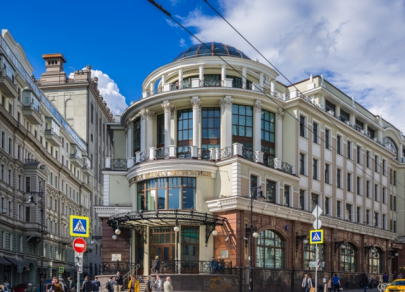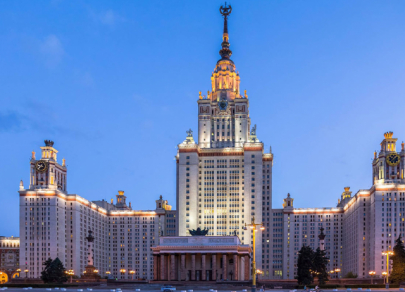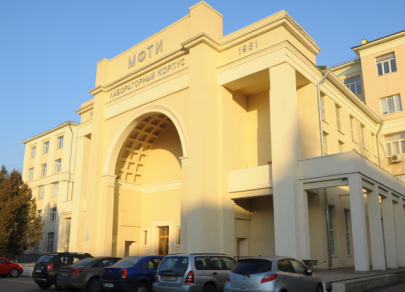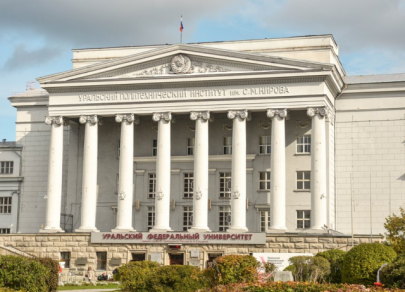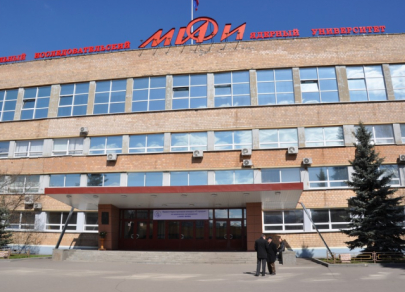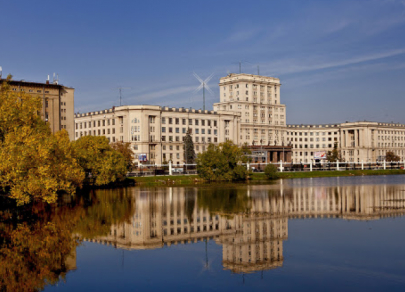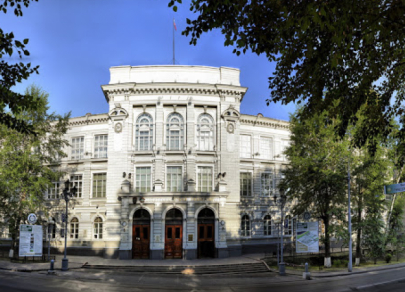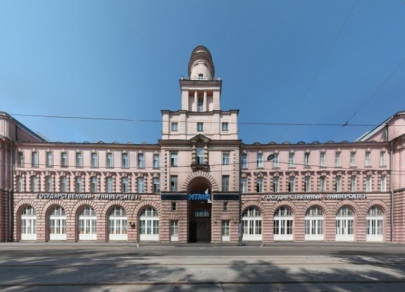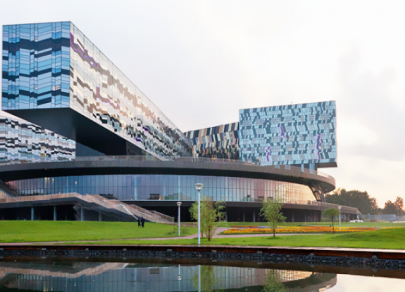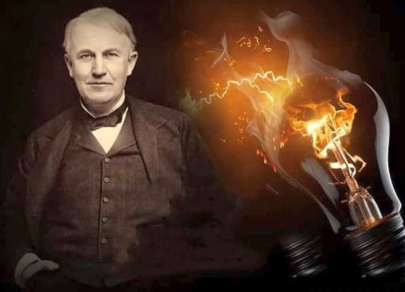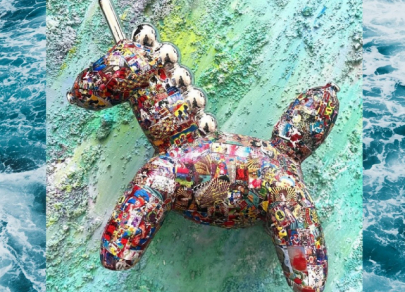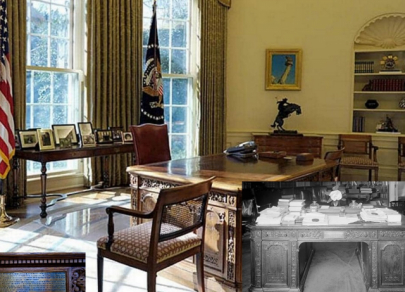
How design of Oval Office changes under different presidents
The Oval Office has existed since 1909, when William Howard Taft created this oval room in the West Wing of the White House. Since then, each president makes changes to its decor that reflect their personal style, era, and priorities. The Resolute desk, the flag, the rugs, curtains, and portraits are not just background elements; they are metaphors for leadership and witnesses to decisions that affect the fates of the United States and the world.






